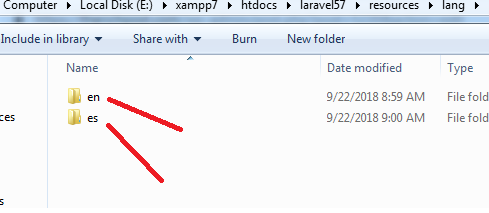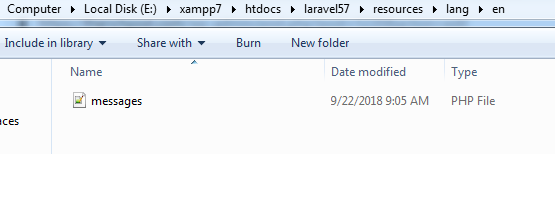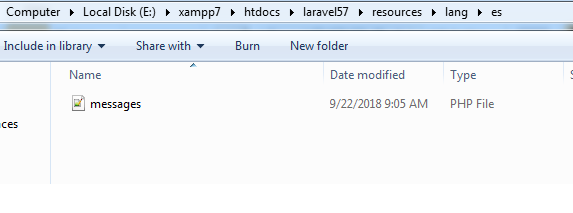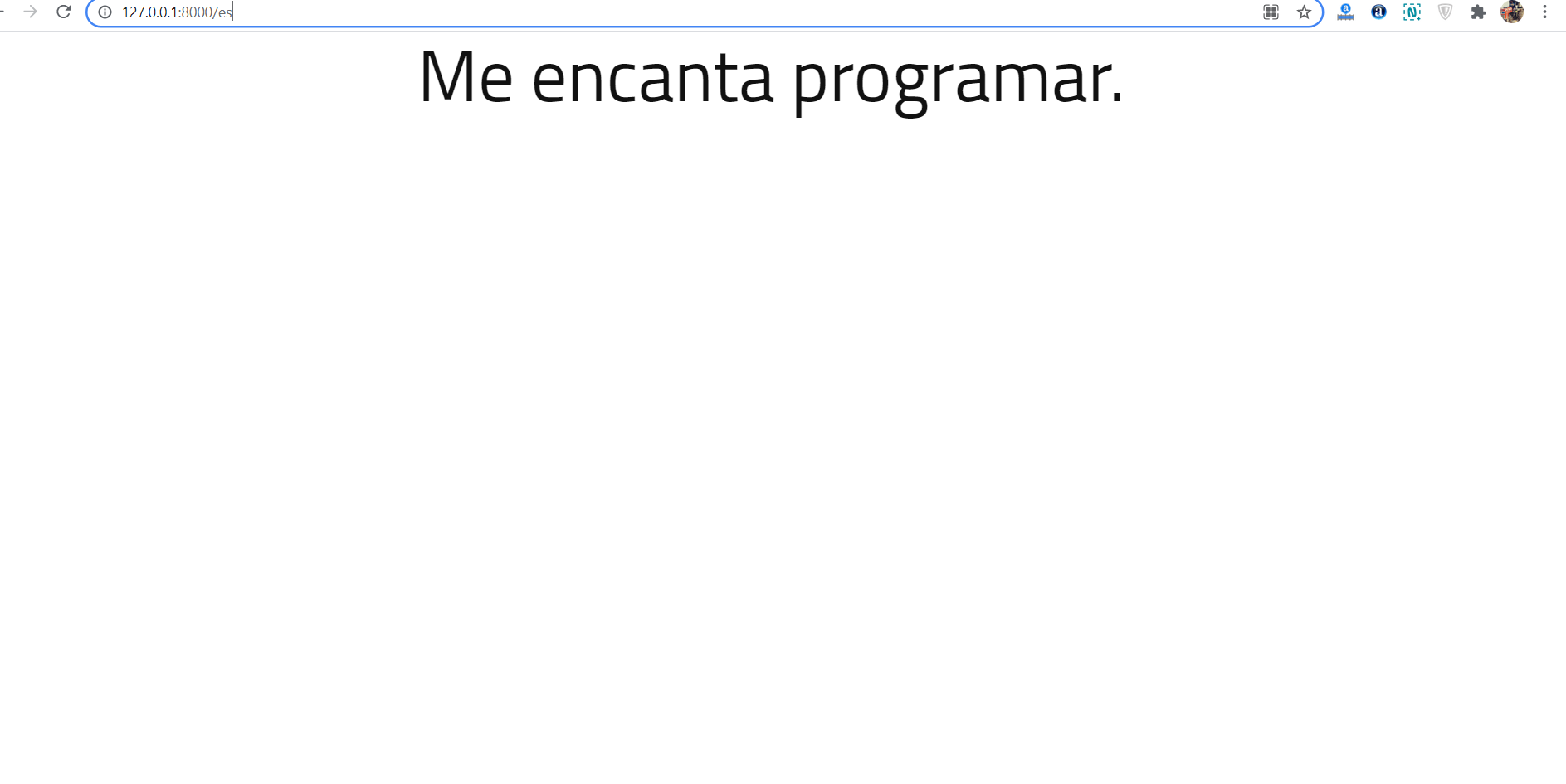Hello guy’s, welcome back to my blog. Today in this blog post, I am going to show you, Laravel 8 Localization Multi Language Working Functionality.
Guys if you are new in Laravel 8 the please check below link:
Here is the working images for both the languages English and Spanish:


Now here I am sharing the working and easy steps:
1. Guy’s very first I created two folders(en, es) inside resources\lang folder:
Here you can see clearly:

2. After that, I created files messages.php inside both resources/lang/en and resources/lang/es folders:


Guy’s here is the working code snippet for Laravel 8 Localization Multi Language Working Functionality and please use carefully:
3. Now guy’s I added below code inside messages.php in resources/lang/es folder:
<?php
return [
/*
|--------------------------------------------------------------------------
| Pagination Language Lines
|--------------------------------------------------------------------------
|
| The following language lines are used by the paginator library to build
| the simple pagination links. You are free to change them to anything
| you want to customize your views to better match your application.
|
*/
"I love programming." => "Me encanta programar."
];
?>
4. Now guy’s I added below code inside messages.php in resources/lang/en folder:
<?php
return [
/*
|--------------------------------------------------------------------------
| Pagination Language Lines
|--------------------------------------------------------------------------
|
| The following language lines are used by the paginator library to build
| the simple pagination links. You are free to change them to anything
| you want to customize your views to better match your application.
|
*/
"I love programming." => "I love programming."
];
?>
5. To call messages.php text, I added below code inside resources/views/welcome.blade.php file:
<center><h1>{{ __('messages.I love programming.') }}<h1></center>
6. Guy’s finally, I added the below code inside routes/web.php file:
Route::get('/{locale}', function ($locale) {
App::setLocale($locale);
return view('welcome');
});
7. In the end I ran below commands inside my project terminal:
php artisan serve execute urls: http://127.0.0.1:8000/es // for spanish http://127.0.0.1:8000/en // for english
Guy’s if you have any kind of query or suggestion or any requirement then feel free to comment below.
Note: Friends, I just tell the basic setup and things, you can change the code according to your requirements. For better understanding must watch video above.
Jassa
Thanks

Leave a Reply
You must be logged in to post a comment.